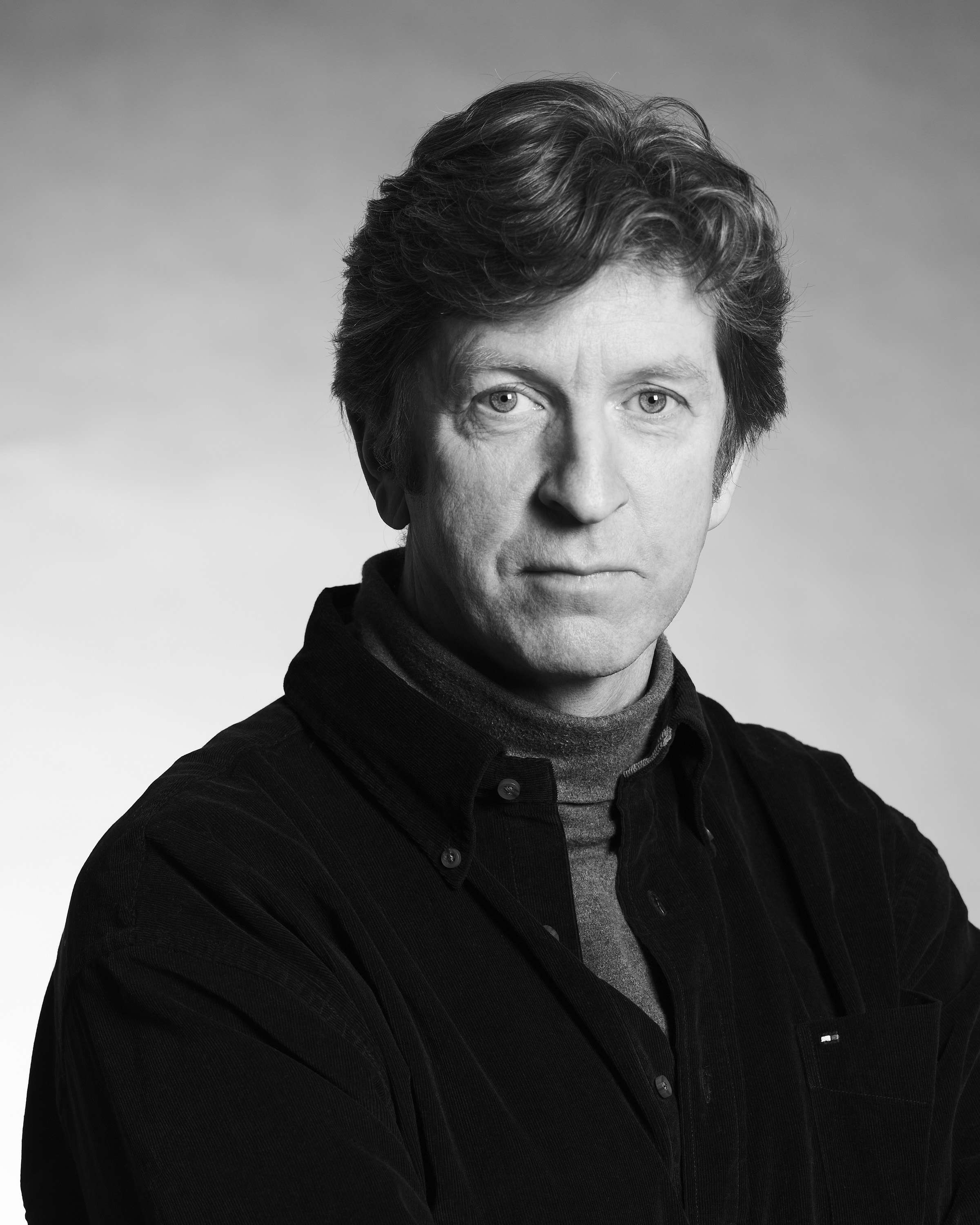|
Back
Another musical journey from Tafelmusik Toronto
Trinty-St, Paul's Centre
01/17/2013 - & January 18, 19, 20, 22, 2013
George Frideric Handel: Solomon: Entrance of the Queen of Sheba – Concerto grosso in G Major, op. 3, no. 3 – Concerto grosso in G Major, op. 6, no. 1: Allegro – Concerto grosso in B-flat Major, op. 6, no. 7: Hornpipe
Pietro Castrucci: Concerto grosso in G Minor, op. 3, no. 6
Johann Ernst Galliard: Calypso and Telemachus: Overture and Aria
Selections from:
Giovanni Battista Bononcini: Sonata for cello and continuo in A Minor
Johann Joachim Quantz: Concerto for flute in D Minor
Francesco Geminiani: Concerto grosso in D Minor, op. 2, no. 3
Giuseppe Sammartini: Concerto for oboe in E-flat Major
Jean-Baptiste Lœillet: Sonata for flute, oboe and continuo
The Tafelmusik Baroque Orchestra, Jeanne Lamon (Leader)
R. H. Thomson (Writer and Narrator) 
R. H. Thomson (Courtesy of Tafelmusik)
Once again the Tafelmusik Baroque Orchestra has devised an innovative presentation of period music. Actor (and, in this instance, writer) R. H. Thomson impersonates a retired London oboe player, circa 1759, who wakes to discover a spectral orchestra in his bedroom. They perform a selection of works from previous decades and this inspires reminiscences about his career and the broad array of composers attracted to London from all over Europe, most notably George Frideric Handel.
The information he presents is all available in the meaty program notes (by orchestra member Christopher Verrette), but this style of presentation is actually more informative - and is also more entertaining - than either reading the notes or a straightforward lecture. While the music of the eight composers (whether from Germany, Italy or Flanders) is all of the idiom of the day, Thomson points out just what made many of the works stand out, for example the “eccentricity” of the oboe part in the Sammartini concerto (in fact Sammartini was regarded as somewhat of a madman in his day). The staging also gives rise to some byplay with musicians - and offstage there is a boy practicing the oboe with mixed success.
In addition to leading the 18-member orchestra from the first desk, Jeanne Lamon fills in as Mr. Thomson’s prompter. The orchestra plays with its usual panache. A welcome return visitor is flutist Grégoire Jeay.
By the way, the historic oboe player was Mr. Richard Neale. His name was found on the roster of musicians (he was one of the few with a British names) for Her Majesty’s Theatre, Haymarket, the locus of many Handel works over the decades. Nothing else is known of Mr. Neale; Mr. Thomson has sketched a plausible biography that gives him experiences in a variety of venues.
As for the music, what we get is a sampler of early eighteenth century pieces with mostly just movements from a representative variety of works. Many are very obscure, such as Galliard’s English opera of 1712, Calypso and Telemachus, which was performed just three times. We hear the overture and an aria, with the vocal part taken by the oboe.
Another oddity (to modern ears) is Bononcini’s Sonata for cello and continuo; we now expect an unaccompanied cello in a sonata, but in this case the featured player (the ever-reliable Christina Mahler) is accompanied by another cello plus the lute.
It is a testament to the continued success of the Tafelmusik orchestra that, among its hefty Toronto season, this program will be performed five times in the city, then in February it tours to three other centres in Ontario.
Michael Johnson
|